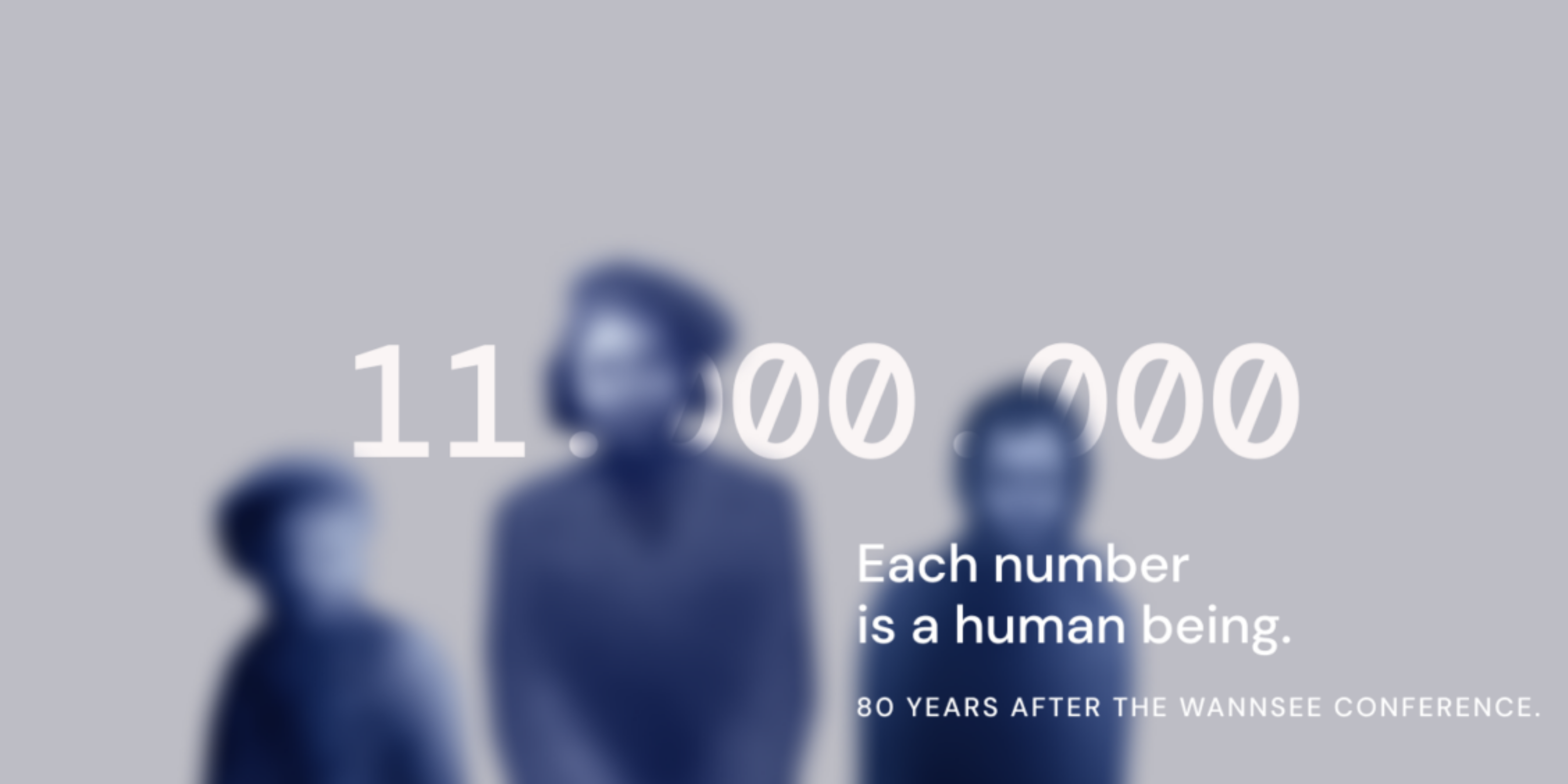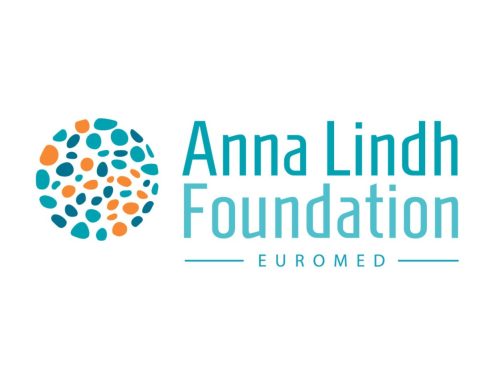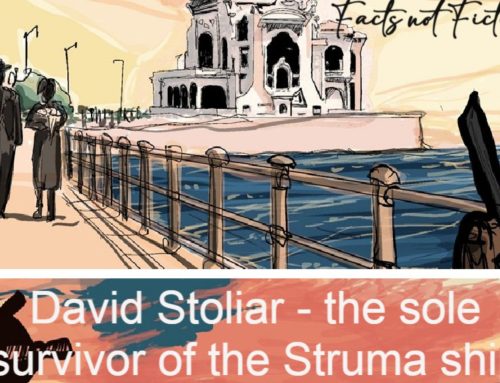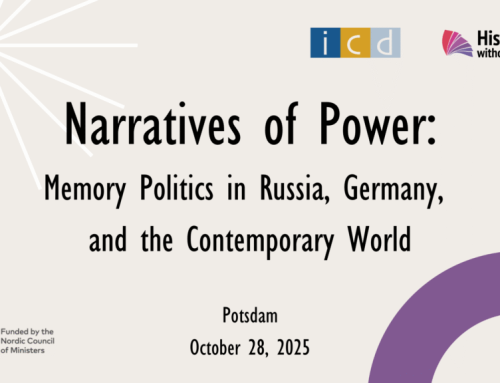On 20 January 1942, several high-ranking dignitaries of the Third Reich met in a villa on Lake Wannsee. During the preceding weeks, the political situation in which the Nazi state found itself had clearly changed. After the Japanese attack on Pearl Harbor, Hitler declared war on the United States. At the same time, the lack of success in the Battle of Moscow meant that the vision of a quick defeat of the Soviet Union had been dispelled. However, they did not gather to hear about the situation on the fronts. The new reality opened up the opportunity for the ‘Final Solution of the Jewish Question’. The fate of European Jews, who were treated by Hitler as hostages, stopped being a potential bargaining pin preventing Americans to join war. Since it was obvious that the fighting in the East would not end soon, it was decided that the Final Solution should not be postponed until the defeat of Stalin. But what does the term exactly mean? Under this euphemistic term lay a crime unprecedented in the history of mankind: the will to bring about the systematic murder of the Jewish population in Europe.
Almost all copies of the minutes of the Wannsee Conference (the Wannsee Protocol) were destroyed by those in their possession. Consequently, our knowledge about the meeting would have been much poorer, had Robert Kempner not come across the only surviving copy in 1947. This German lawyer and fierce enemy of the Nazis was actively involved in the Nuremberg trials after the war. Kempner immediately noticed the extraordinary importance of the Protocol and thanks to his meticulous approach to the prosecution and a little luck, a shocking document related to a turning point in the history of the Holocaust is known today.
Despite the euphemisms used in the Wannsee Protocol, the picture of the meeting that emerges from the document is horrifying. The conference was opened by Reinhard Heydrich, head of the Reich Security Main Office. He informed the audience that the aim of the meeting was to establish a common line of action regarding the ‘Final Solution of the Jewish Question’. At the same time, he stressed his key role in the implementation of the plans. On 31 July 1941, Herman Göring had already authorised him to take all necessary steps to this end. Over the course of six months, ideas concerning the involvement of specific Third Reich administrations changed, as did the aforementioned political situation, which slightly delayed the convening of the conference. In the end, Heydrich spoke to representatives of several ministries, offices and security police. Among those present were Wilhelm Stuckart, Secretary of State in the Ministry of the Interior, and Roland Freisler representing the Reich Ministry of Justice. The Nazi authorities in the occupied countries were represented by Hans Frank’s deputy, Josef Bühler, Secretary of State in the Government of the General Government and SS-Sturmbannführer Rudolf Lange, Commandant of the Security Police and SD in Riga. Heydrich himself was, incidentally, at the same time Deputy Protector of Bohemia and Moravia. The assembled listened to a summary of the existing policy towards the Jews and its limitations. In place of the forced emigration applied before, the concept of ‘evacuation to the East’ appeared. To illustrate the scale of the issue for the participants, data on the Jewish population in Europe were presented. Adolf Eichmann, Heydrich’s right hand man in the Final Solution, was responsible for compiling the data. After a lengthy enumeration, issues such as the organisation of ghettos for aging Jews and the fate of Jewish veterans who fought on the German side in the First World War were addressed. Later in the conference, Heydrich reminded the audience of who was a Jew under German law and presented a solution to the question of Mischlings (mixed-race people i.e. those with Jewish and non-Jewish ancestors). After a brief discussion, the meeting was closed, and the Chief of the Reich Security Main Office requested that the members of the meeting provide him with appropriate assistance in solving this ‘problem’.
In a meeting lasting barely an hour and a half, the fate of millions of people was sealed. But was the Wannsee Conference such a breakthrough? The German crimes against the Jews did not begin on 20 January 1942. However, it could be said that it was only from this date that ‘command genocide’ on an unprecedented scale began. The previous policy of forced emigration (practiced since the 1930s against German Jews) proved to be insufficient. In the political situation at the time, emigration to neutral countries was already on hold. In view of the size of the Jewish population in the territories occupied by the Third Reich, this solution could hardly have been considered feasible. Also unrealistic ware the ideas such as sending Jews to Madagascar. The only areas where they could be ‘evacuated’ were those captured by the Nazis in the east. Also, the policy of confining and slowly starving Jews in ghettos did not seem optimal. Starvation and labour were time-consuming. The racially obsessed Nazis also feared that by eliminating weaker individuals they would select the most resilient who could potentially revive the Jewish nation. The Wehrmacht’s war machine was followed by Einsatzgruppen units (full name ‘Einsatzgruppen der Sicherheitspolizei und des SD’), which were to eliminate ideological and racial enemies in the rear of the army. However, the mass execution of civilians also had its drawbacks. It consumed time and valuable ammunition, and was a serious mental burden for most of the executioners. The Germans had been testing gas chambers for a long time. And it was this mean of mass executions that proved, with all other methods, to be the most desirable solution for the Nazis. They were faster, more efficient and allowed killing without direct contact between executioner and victims.
The Protocol of the Wannsee Conference contain a shocking sentence: ‘Europe is to be combed through from West to East in the course of the practical implementation of the Final Solution’. According to the list drawn up by Eichmann, and included on page six of the Protocol, the expected victims were to be more than eleven million. One cannot help but notice, however, that some of his calculations are rather peculiar. The list was divided into countries and territories A (basically under the direct control of the Reich) and B (allies, neutral countries, but also those with whom Germany was at war). Especially with regard to the latter, the somewhat naive approach and wishful thinking is glaring. It seems that Eichmann assumed that in the future it will be possible to ‘evacuate’ all of the European Jews, which would had been only possible with the final triumph of the Third Reich.
In compiling his list, Eichmann had at his disposal various data, not always reliable or up-to-date. For example, only two hundred people belonging to the Jewish community were attributed to Italian-occupied Albania, although the country had been a refuge for thousands of Jewish expats since the 1930s. These and other details somewhat contradict the notion of meticulous, bureaucratic precision of the Holocaust plans. Estonia stands out in particular on the list, being described as Judenfrei (i.e. free of Jews). The country’s pre-war Jewish population was not one of the most numerous, and the various repressions or displacements that befell this minority after the occupation of the country by the Soviet Union further depleted it. The intensified activities of the German occupying forces and their Estonian collaborators meant that as early as January 1942, the country could be proclaimed (although exaggeratedly) as the country in which the Jewish question had been finally resolved. Anyhow, only individual people survived the war.
The sixth page of the aforementioned Protocol has become one of the symbolic illustrations of the Holocaust because it shows like no other document the pan-European scale and the unprecedented nature of the Nazis’ murderous plan. In 2022, on the 80th anniversary of the infamous conference, the European Network Remembrance and Solidarity (enrs.eu) and the Wannsee Conference House (ghwk.de) with the support of an international group of historians, have created an interactive website with infographics describing the history and contents of the sixth page of the Protocol. The infographics is available here: www.ghwk.de/statisticsandcatastrophe.
The aim of the project, called ‘Statistics and Catastrophe. Questioning Eichmann’s Numbers’, is to critically analyse the list, the statistics presented by Eichmann, and to show what tragedy is hidden in this bureaucratic document. The biographies of the victims are also an important part of the infographic – it is the victims of the Holocaust that we first and foremost need to remember about on the 80th anniversary of the Conference. Only a week later, on 27 January, there is another symbolic anniversary: the liberation of the Auschwitz-Birkenau death camp, which is commemorated as the International Holocaust Remembrance Day.
transl. Mikołaj Sekrecki
This article was written by Roman Żuchowicz in cooperaton with the European Network for Remembrance and Solidarity (ENRS)













